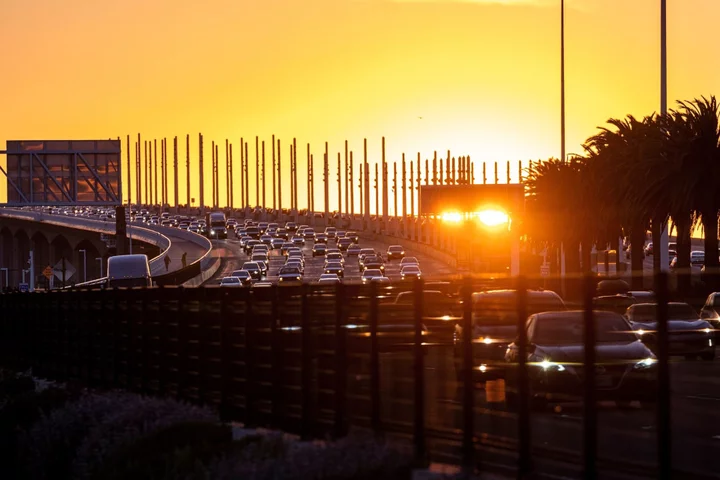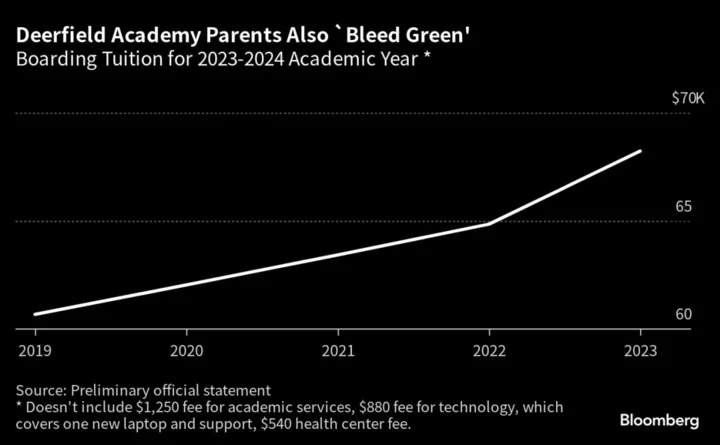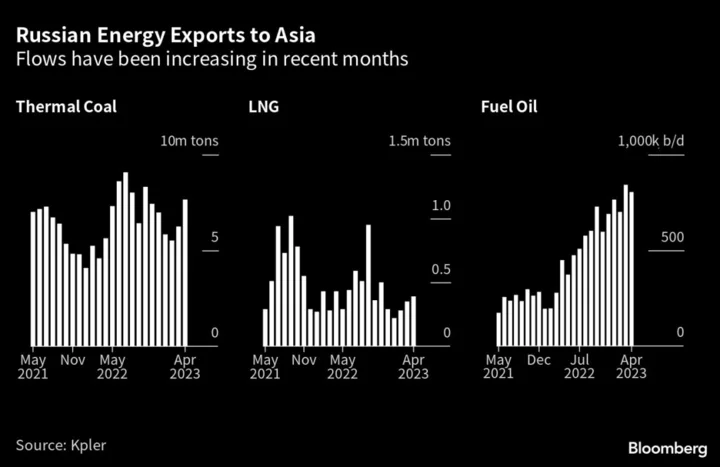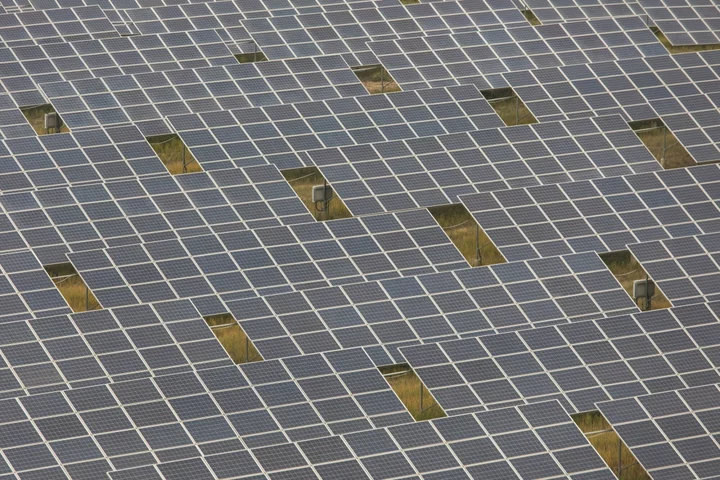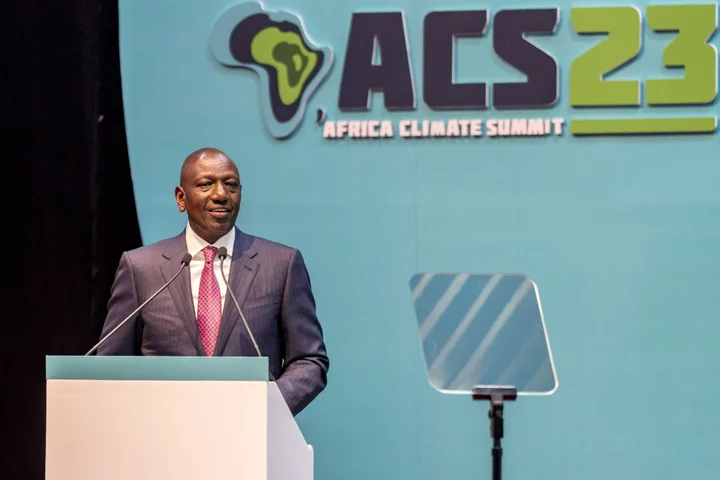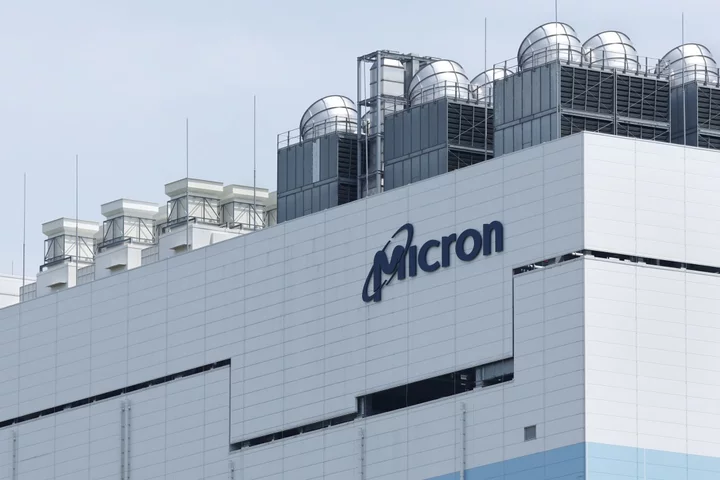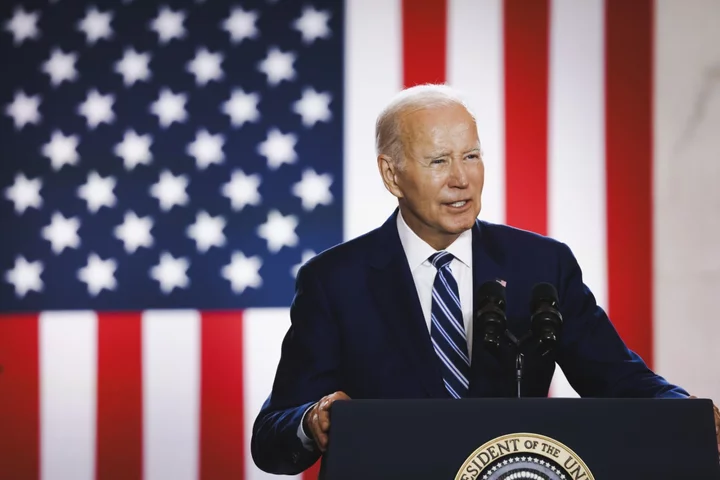Summer is over, but gasoline prices are heating up in California, prompting Governor Gavin Newsom to lift an anti-smog rule for relief at the pump.
Regular gasoline now costs an average of $6.08 a gallon in the Golden State, the highest since October and $2.25 a gallon above the national average, up from a gap of about $1.20 in early August, data from the American Automobile Association show.
The governor directed the state’s Air Resources Board to allow winter-grade gasoline earlier than usual, a move that could bring spot prices down by nearly $1.50 a gallon, according to Denton Cinquegrana, chief oil analyst at Oil Price Information Service LLC. The spot market dictates wholesale prices, which in turn influence what consumers pay at the retail pump.
The downside of the move is that winter-grade gasoline evaporates more readily in warmer weather, causing the smog that gets trapped in valleys. Lower air quality is the price consumers are paying to keep inflation in check.
Pump prices have risen across the country due to the increasing cost of oil. California often has the highest-priced gasoline in the nation because the state requires cleaner-burning grades of fuel and charges more for environmental compliance. The premium has widened since July because of higher costs of carbon credits, which have hovered around 30 cents a gallon in recent weeks, according to data from Opis and Argus Media Ltd., some of the highest ever in the history of the program designed to spur a move away from fossil fuels.
The good news is that California is well-supplied. Inventories of the state’s required grade, called CARBOB, is 9.6% above the five-year average for this time of year, according to CARB data. The state has also imported 64,000 barrels a day of gasoline and blending components this month from both overseas and domestic sources, the highest since March, Kpler data show.
--With assistance from David R. Baker.
(Updates from second paragraph.)

